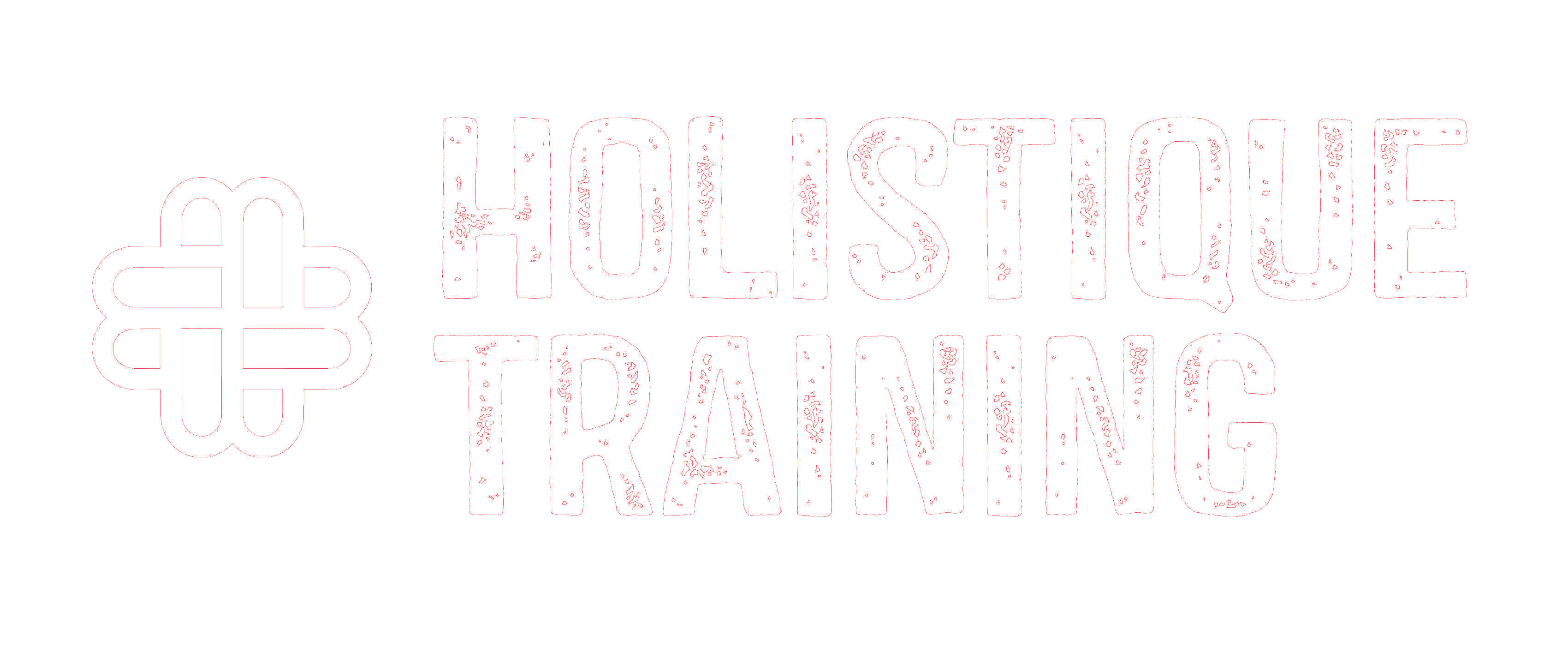As the winds of change sweep through the modern workplace, the traditional image of a single leader steering the ship is undergoing a radical transformation. The concept of leaderless organisations, where hierarchies take a backseat to collective decision-making and collaboration, is challenging long-held norms and introducing a new set of dynamics that can shape the future of work. In this exploration, we will delve deep into the intriguing realm of leaderless teams, uncovering the intricacies of their existence, examining their potential advantages and drawbacks, and ultimately considering the age-old question: Can a ship sail smoothly without a single captain at the helm?
What Is a Leaderless Organisation?
A leaderless organisation, also known as a self-managing or flat organisation, is a paradigm where traditional hierarchical structures are replaced or minimised in favour of distributed decision-making and collaboration. In such setups, there is no single designated leader, and authority is decentralised, empowering every member of the team to contribute their expertise and make decisions collectively. This approach aims to foster a sense of ownership, accountability, and creativity among team members.
In What Other Cases Do Teams Not Have Leaders?
While leaderless organisations represent a radical departure from traditional leadership structures, it's essential to explore other scenarios where teams function without a designated leader. These alternative models provide valuable insights into the diverse ways teams can operate with shared leadership and expertise-based decision-making.
a) Matrix Organisations
One notable example is the matrix organisation, a structure that involves multiple layers of management and reporting lines. In this model, team members often report to more than one manager, leading to a more shared leadership approach. Unlike the traditional hierarchy, where authority flows strictly from the top down, matrix organisations encourage collaboration across departments and specialties. This dynamic allows team members to leverage their expertise, contributing to decision-making processes relevant to their skill set.
In a matrix organisation, the distribution of authority is more fluid, enabling team members to take on leadership roles based on their knowledge and experience in specific areas. This flexibility fosters a collaborative environment where decision-making is influenced by a combination of hierarchical authority and subject matter expertise.
b) Cross-Functional Teams
Another scenario where traditional leadership takes a backseat is in cross-functional teams. These teams are assembled to address specific challenges or projects, bringing together individuals with diverse skills and expertise. Unlike hierarchical structures where leadership is formally designated, leadership in cross-functional teams emerges organically based on the specific requirements of the task at hand.
In cross-functional teams, individuals contribute to decision-making based on their domain knowledge, allowing for a more dynamic and flexible leadership model. This structure promotes a collaborative culture where team members recognise and appreciate each other's strengths, contributing to a collective effort to achieve common goals. It emphasises the importance of expertise rather than formal titles, allowing the team to benefit from a rich tapestry of skills.
Exploring matrix organisations and cross-functional teams underscores the idea that effective leadership can manifest in various forms. Shared leadership models provide an alternative to the traditional top-down approach, emphasising collaboration, expertise, and adaptability.
c) Holacracy
Holacracy represents another intriguing model where traditional hierarchical structures are replaced by a system of self-organisation. In a holacratic organisation, authority and decision-making are distributed across autonomous teams or "circles." Each circle has a specific purpose and is empowered to make decisions related to its domain. This model aims to create a more agile and responsive organisation by distributing authority and fostering adaptability.
Holacracy goes beyond the absence of a single leader; it redefines the very nature of organisational structure. Roles are clearly defined, and teams have the autonomy to determine how they work towards their objectives. This approach seeks to eliminate bureaucratic bottlenecks and encourages rapid decision-making, making it particularly appealing in industries where agility and innovation are paramount.
The Common Thread: Shared Leadership Based on Expertise
What unites these diverse models is the emphasis on shared leadership based on expertise rather than a formal designation. Whether it's within a matrix organisation, a cross-functional team, or a holacratic structure, individuals are empowered to contribute based on their knowledge, skills, and experience. This departure from the traditional leadership paradigm highlights the importance of creating flexible, adaptable structures that harness the collective intelligence of the team.
In short, the exploration of scenarios where teams operate without a designated leader reveals a spectrum of possibilities. From matrix organisations to cross-functional teams and holacracy, these models showcase the versatility of shared leadership and highlight the evolving nature of organisational structures in response to the demands of the modern workplace.
Pros and Cons of Leaderless Organisations
Pros:
Enhanced Autonomy and Ownership
In the absence of a traditional leader, team members are empowered to take ownership of their tasks and decisions. This heightened sense of autonomy not only boosts individual confidence but also nurtures a deep sense of responsibility for the team's success. Each member becomes a stakeholder in the team's outcomes, fostering a culture of commitment and dedication.
Unleashing Collective Creativity
Leaderless organisations serve as fertile grounds for cultivating creativity. With every member contributing ideas, brainstorming sessions become vibrant hubs of innovation where diverse perspectives collide. This diversity in thought gives rise to novel solutions and approaches, enriching the creative process. The absence of a single decision-maker encourages a free flow of ideas, fostering an environment where innovation can thrive.
Heightened Collaboration and Communication
In a leaderless setup, communication transcends the limitations of a top-down approach. Instead, it evolves into a web of interconnected dialogues where team members actively share thoughts, insights, and concerns. This constant exchange of information fosters a culture of transparency and shared understanding. Team members feel encouraged to voice their opinions, leading to more inclusive decision-making processes.
Skill Diversification
The absence of a single leader guiding the ship encourages team members to naturally gravitate toward tasks that align with their strengths and interests. This intrinsic distribution of responsibilities encourages skill diversification within the team. As individuals take on tasks that resonate with their expertise, the team collectively evolves into a group of well-rounded professionals, each contributing unique skills to the collective effort.
Rapid Adaptability
The dynamic nature of leaderless organisations equips them with the agility to swiftly respond to changes in the environment. Decisions can be made promptly, devoid of bureaucratic bottlenecks that often accompany traditional hierarchical structures. This rapid adaptability allows the team to pivot and seize emerging opportunities, a crucial aspect in industries where staying ahead of the curve is a competitive necessity.
Cons:
Ambiguity in Direction
While autonomy is a strength, it can also pose challenges. In the absence of a clear leader, the team might experience confusion about priorities and long-term goals. This ambiguity can lead to misalignment and hinder coordinated efforts. Team members may find themselves without a unified direction, potentially impacting the overall effectiveness and efficiency of the team.
Conflict Resolution Complexity
The absence of a designated leader can complicate conflict resolution. Disagreements may escalate, as there isn't a definitive authority to mediate and make final decisions. This can lead to prolonged conflicts that impede progress. Without a clear structure for conflict resolution, interpersonal issues may linger, affecting the team's cohesion and overall performance.
Accountability Difficulties
Without a singular leader to bear the ultimate responsibility, accountability for outcomes might become diluted. In the absence of a designated person to hold responsible, identifying the source of success or failure can become convoluted. Team members may feel less individually accountable, potentially impacting their commitment to achieving collective goals.
Slower Decision-Making in Certain Cases
While rapid decision-making is a hallmark of leaderless organisations, achieving consensus can sometimes be time-consuming. When opinions diverge significantly, arriving at a common ground can lead to delays. This potential slowdown in decision-making may impact the team's ability to respond quickly to dynamic situations, especially when a swift response is critical.
Potential for Inequality
While leaderless setups aim for equal participation, it's possible for certain individuals to assert their influence more dominantly, inadvertently overshadowing quieter voices. This can lead to imbalances in contribution and decision-making power. Despite the intention of creating an egalitarian environment, the reality may involve some team members exerting more influence than others, potentially leading to disparities within the team.
As the scales tip between the pros and cons of leaderless organisations, it becomes evident that this approach is not without its challenges. However, with careful planning, effective communication strategies, and a strong commitment to shared values, many of these cons can be mitigated or turned into opportunities for growth. The dynamic interplay between autonomy and collaboration requires a delicate balance, and it's this very equilibrium that defines the success of leaderless teams.
What to Do When a Team Has No Leader
Navigating a leaderless team requires a thoughtful approach to ensure that its potential benefits are maximised while mitigating its drawbacks. Here are some strategies to consider:
Clearly Defined Roles and Responsibilities
Without a central figure guiding the way, roles and responsibilities become the lighthouses that illuminate the team's path. Each team member's strengths, skills, and expertise should be identified and allocated to specific tasks. Clarity in roles not only reduces overlap and ambiguity but also empowers individuals to contribute effectively. This clear delineation ensures that each team member understands their unique contribution to the team's goals.
Transparent Communication
Communication is the lifeblood of a leaderless team. Regular check-ins, team meetings, and open forums for sharing ideas are essential components of this transparent communication ecosystem. Encourage team members to express their thoughts, challenges, and suggestions openly, fostering an atmosphere of mutual respect and collaboration. Transparent communication helps in building trust among team members, a crucial element for the success of leaderless teams.
Shared Decision-Making Framework
In the absence of a single leader making unilateral decisions, a shared decision-making framework becomes paramount. Whether it's a consensus-based approach, a democratic voting system, or a model where decisions are based on domain expertise, defining how choices will be made ensures a smooth decision-making process. This framework should be agreed upon collectively, emphasising the importance of inclusivity and ensuring that all voices are heard.
Conflict Resolution Mechanisms
Conflicts are inevitable in any team setting, leaderless or not. However, in leaderless teams, conflicts might escalate due to the lack of an authoritative figure to mediate. Establish clear conflict resolution mechanisms that allow disputes to be addressed swiftly and fairly. Consider peer mediation, where team members collectively address conflicts, rotating facilitation roles, or even external mediation if necessary. An effective conflict resolution process is crucial for maintaining a positive team dynamic.
Table 1: Examples of conflict resolution mechanisms
Mechanism | Description |
Mediation | Neutral third party facilitates conflict resolution. |
Peer Mediation | Team members collectively address and resolve conflicts. |
Rotating Facilitation Roles | Members take turns facilitating conflict resolution discussions. |
Open Forum Discussions | Transparent group discussions to address conflicts openly. |
External Mediation Services | Bringing in external experts to mediate disputes. |
Guiding Principles and Values
Creating a set of guiding principles and values can serve as the team's compass. These principles should reflect the team's shared goals, ethics, and vision. When decisions are aligned with these principles, team members are more likely to make choices that contribute to the team's overall success. Guiding principles act as a foundation, providing a common ground for decision-making and fostering a sense of shared purpose.
Continuous Learning and Feedback
In the dynamic environment of a leaderless team, continuous learning is not an option—it's a necessity. Encourage team members to seek out opportunities for growth, whether through workshops, courses, or skill-sharing sessions. Regular feedback loops also play a crucial role in identifying areas for improvement and ensuring that the team's processes remain effective. Embracing a culture of continuous learning fosters adaptability and resilience within the team.
Leadership Emergence
While there might not be a designated leader, leadership will naturally emerge within the team based on expertise and situational demands. Recognise and celebrate these instances of leadership, making space for those who excel in guiding specific initiatives or resolving challenges. Acknowledging and appreciating these emergent leaders reinforces the idea that leadership is distributed, and individuals can step into leadership roles when their expertise is most valuable.
In essence, managing a leaderless team is a delicate dance of structure and flexibility. The absence of a single leader does not equate to an absence of structure; rather, it necessitates a different kind of structure—one that thrives on collective responsibility and empowerment. By laying down clear guidelines, fostering open communication, and embracing shared leadership, leaderless teams can harness their full potential and navigate the complexities of modern teamwork.
Examples of Leaderless Organisation Structures
While the concept of leaderless organisations might seem radical, it's not entirely unprecedented. Several real-world organisations have not only embraced this model but have thrived within it:
Valve Corporation
Valve, a prominent video game company, operates without traditional managers. Employees have the freedom to choose projects they're passionate about and contribute their expertise to drive decision-making.
Morning Star
Morning Star, an agribusiness company, employs a self-management approach. Employees negotiate responsibilities and accountabilities with their peers, fostering a culture of ownership and collaboration.
Buurtzorg
Buurtzorg, a Dutch home-care organisation, organises small, self-managing teams of nurses. These teams collaboratively manage patient care, demonstrating the power of decentralised decision-making in a critical sector.
Leader-Led vs. Leaderless Organisations: Which Is Better?
The debate between leader-led and leaderless organisations is not about superiority but rather about the context and goals of the organisation. Leader-led organisations offer a clear chain of command, which can be crucial for stability and coordination in larger enterprises. On the other hand, leaderless organisations excel in fostering innovation, agility, and employee engagement.
Ultimately, the effectiveness of either model depends on the nature of the industry, the organisation's size, and its goals. Some organisations might benefit from hybrid models that blend elements of both approaches, striking a balance between structure and autonomy.
In Conclusion
Leaderless organisations represent a departure from traditional leadership models, challenging the established norms of hierarchical structures. While they offer unique advantages like increased collaboration and autonomy, they also present challenges such as potential conflicts and decision-making complexities. Successfully managing a leaderless team requires a clear framework for roles, communication, and conflict resolution.
As the corporate landscape continues to evolve, leaderless organisations are likely to gain traction, particularly in industries where innovation and adaptability are paramount. While they might not be suitable for every context, their emergence signals a shift towards a more democratic and inclusive approach to leadership, where every team member's voice is heard, and collective intelligence drives success.
Frequently Asked Questions(FAQ)
How does a leaderless organisation make decisions?
In leaderless teams, decisions are often made collectively through methods like consensus, voting, or relying on domain expertise. A shared decision-making framework ensures everyone's input is considered.
Can conflicts be managed effectively in leaderless organisations?
Yes, by establishing clear conflict resolution mechanisms, conflicts can be addressed promptly. These mechanisms might involve peer mediation, rotating facilitation roles, or seeking external mediation if required.
How does accountability work in leaderless teams?
Accountability is distributed among team members based on their roles and responsibilities. While there might not be a single leader to hold accountable, the team's shared values and principles guide individual contributions and actions.
Is a leaderless organisation suitable for every industry?
Leaderless teams are better suited for industries requiring agility, innovation, and adaptability. Sectors where creativity and rapid decision-making are critical, such as technology and creative fields, tend to benefit more.
How can a leaderless team maintain direction and alignment?
To maintain direction, leaderless teams must establish clearly defined roles, transparent communication, and a shared decision-making framework. Regular check-ins and adherence to guiding principles also contribute to alignment and purpose.





















